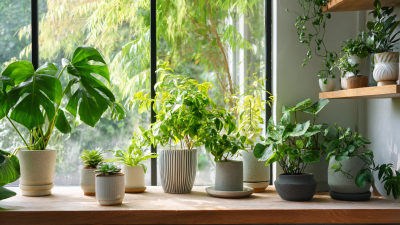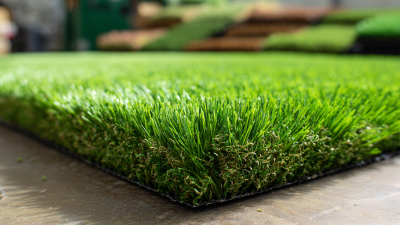As the global shift towards sustainable living accelerates, the concept of the "Garden Green Wall" is emerging as a pivotal trend within the architectural and landscaping industries. With the vertical garden market projected to reach USD 1.56 billion by 2027, growing at a CAGR of 8.8% from 2020, the demand for innovative green wall solutions has never been higher. The 2025 China Import and Export Fair (Canton Fair), specifically its 138th iteration, presents a unique opportunity to explore this burgeoning sector. This event is expected to showcase cutting-edge technologies and products that integrate nature into urban environments, making "Garden Green Wall" systems a focal point for discussion among industry leaders. As cities continue to grapple with pollution and biodiversity loss, the adoption of green walls is not only a design enhancement but also a necessary step towards ecological restoration and urban resilience.
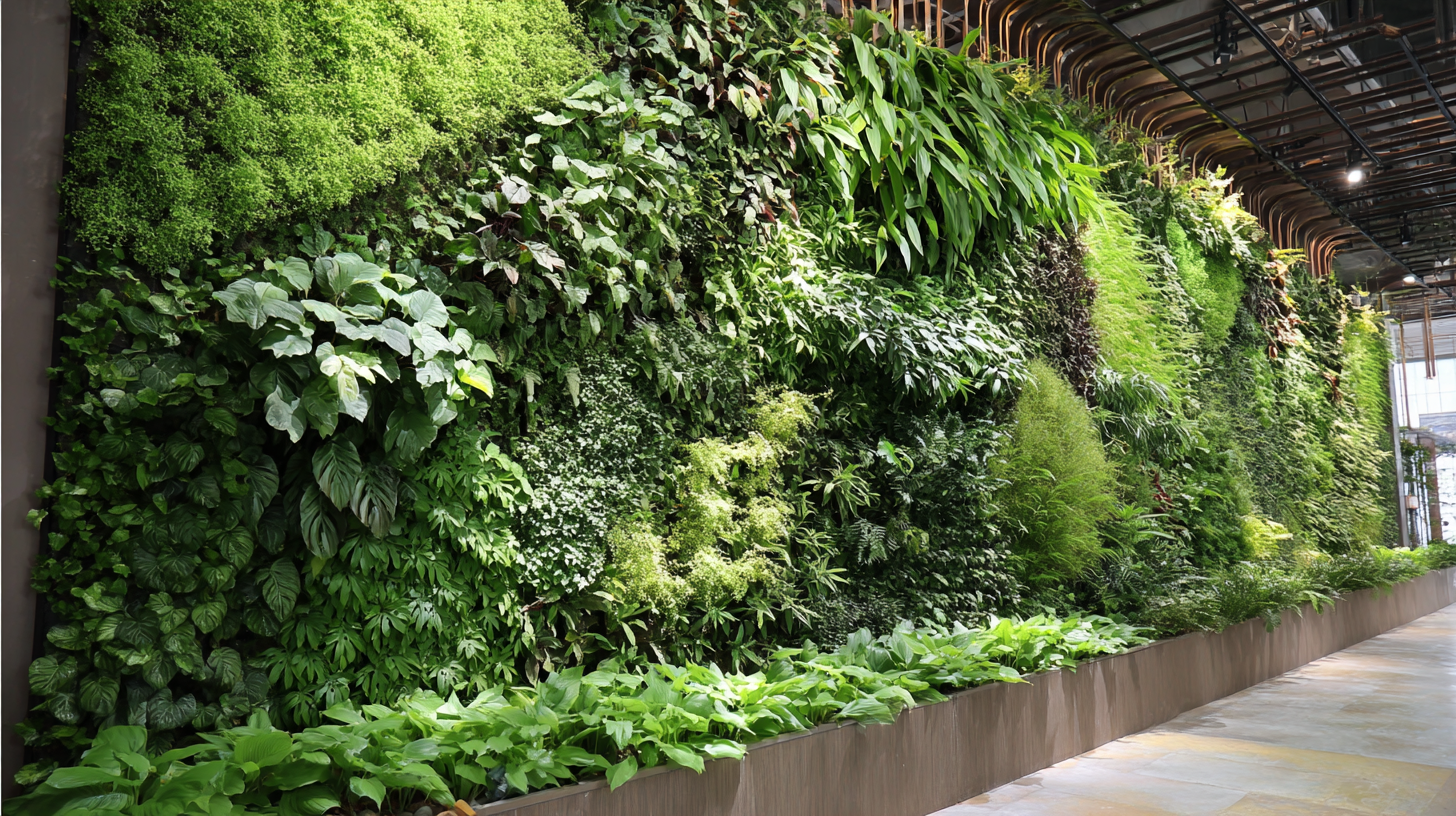
The integration of garden green walls into urban spaces is emerging as a transformative trend, driven by innovative design concepts that not only enhance aesthetic appeal but also foster sustainability. According to a recent report by MarketsandMarkets, the green wall market is projected to reach USD 3.7 billion by 2025, growing at a CAGR of 20.0%. This rapid expansion underscores the increasing demand for vertical gardens, particularly in densely populated cities where traditional gardening space is limited.
Innovative design trends are elevating the capabilities of garden green walls, utilizing modular systems that allow for personalized installations tailored to specific urban environments. Technologies incorporating smart irrigation and maintenance-free systems are making it easier for both residential and commercial properties to adopt these solutions. Furthermore, the incorporation of native plant species in green wall designs not only enhances biodiversity but also supports local ecosystems. As urban planners and designers embrace these trends, the garden green wall revolution is poised to significantly improve air quality and provide thermal benefits, marking a new era for greener urban living.
The growing trend of garden green walls is transforming urban environments, bringing a host of benefits to air quality and ecosystem health. These vertical gardens utilize plants to help filter pollutants from the air, effectively improving air quality in densely populated areas. The lush foliage absorbs carbon dioxide and releases oxygen, creating a cleaner and healthier atmosphere for residents. Furthermore, the presence of greenery contributes to urban biodiversity, providing habitats for various species and promoting a balanced ecosystem.
Tips: Consider integrating garden green walls into your living or working space. Not only do they enhance aesthetic appeal, but they also can significantly improve indoor air quality. When selecting plants, opt for species known for their air-purifying properties, such as spider plants or peace lilies, which thrive in vertical arrangements.
Additionally, garden green walls play an essential role in managing rainwater runoff. They absorb excess rainwater, reducing flooding risk and aiding in groundwater recharge. This not only benefits the environment but also lessens the burden on municipal stormwater systems. Incorporating a green wall can be an innovative solution for urban planners looking to promote sustainability in city landscapes.
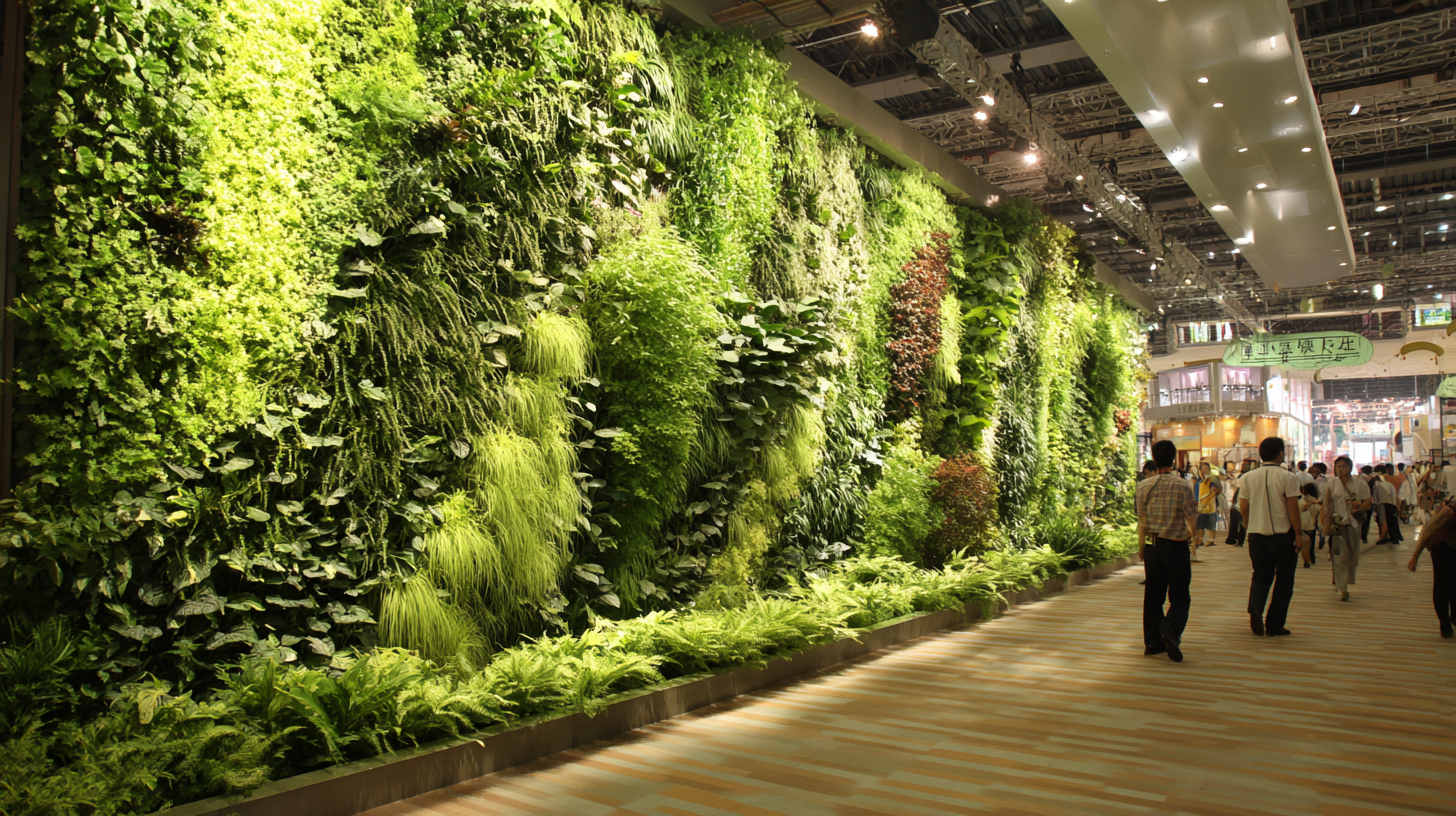
The 2025 China Import and Export Fair presents a unique platform for sustainable products, especially as the world shifts towards greener solutions. As market demand grows for eco-friendly goods, exhibitors and entrepreneurs have an opportunity to showcase innovative technologies that can transform urban landscapes. The fair will culminate in a focus on garden green walls, which not only enhance aesthetic appeal but also contribute significantly to air quality and energy efficiency.
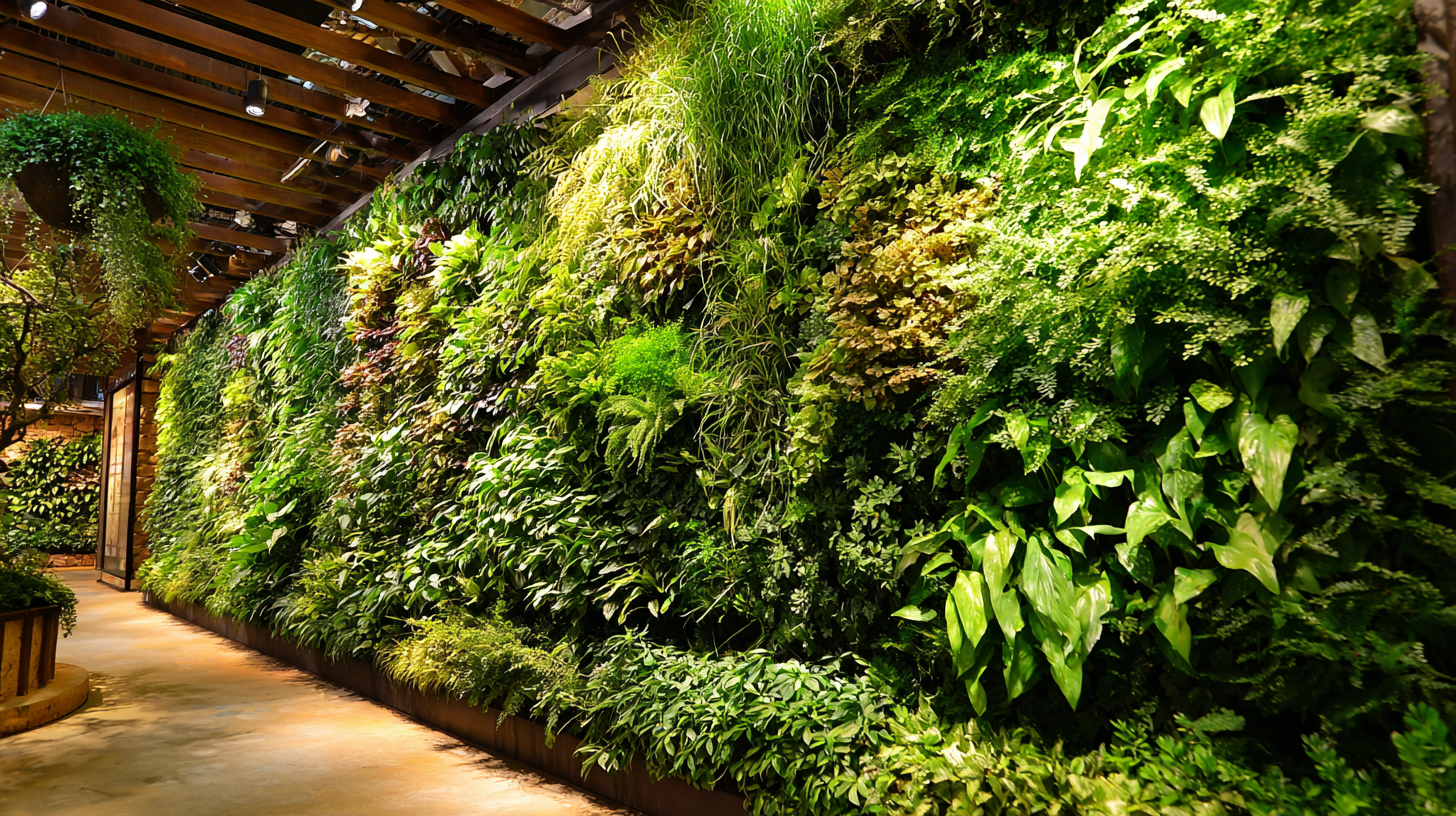
For businesses looking to make an impact at the fair, consider the following tips: firstly, emphasize the environmental benefits of your products—consumers are increasingly drawn to brands that prioritize sustainability. Secondly, engage with visitors by providing interactive demonstrations of your green wall technologies. This hands-on experience can highlight the practicality and advantages of integrating green solutions into everyday living spaces.
Another important aspect is to connect with like-minded businesses and sustainability advocates at the fair. Collaboration can amplify your reach, enabling you to tap into shared resources and networks. By capitalizing on these market opportunities, companies can not only elevate their brand's visibility but also contribute to the ongoing green revolution in urban development.
The 2025 China Import and Export Fair aims to spotlight the transformative potential of green wall technologies in urban landscapes. As cities grapple with pollution and the loss of greenery, green walls have emerged as innovative solutions to enhance aesthetics while improving air quality. This exhibition will serve as a platform to showcase cutting-edge technologies from around the globe, offering a comparative analysis of various approaches to vertical gardening.
Participants will have the opportunity to explore the diverse methodologies employed by different countries, highlighting the unique advantages and challenges associated with each system. From hydroponic setups in Europe to smart irrigation technologies from North America, the fair will illustrate how these innovations can be integrated into urban environments. Additionally, discussions on sustainability and the role of green walls in combating climate change will be central to the event, promoting a deeper understanding of their ecological and social significance.
The implementation of vertical gardens, or green walls, in China presents a unique set of challenges that require innovative solutions. One major obstacle is the lack of awareness and knowledge among local stakeholders, including architects, builders, and the general public, regarding the benefits and maintenance of these systems. Education and training programs are essential to foster understanding and encourage the adoption of vertical gardens in urban settings. By organizing workshops and seminars, experts can share best practices and demonstrate the long-term advantages of integrating greenery into architectural designs.
Another significant challenge is the environmental conditions in various regions of China. Factors such as air pollution, climate variations, and limited space in urban areas can complicate the installation and upkeep of vertical gardens. To address these issues, tailored solutions such as selecting hardy plant species that thrive in polluted environments and utilizing advanced irrigation systems can be employed. Additionally, collaborating with local governments to establish supportive policies and incentives for green projects can help overcome bureaucratic hurdles, promoting a wider acceptance of vertical gardens as a sustainable urban solution.
